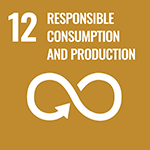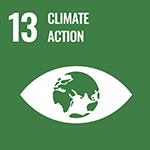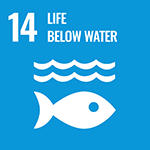
Production and Environment
The responsible handling of resources is another part of a sustainable lifestyle. Our EMAS-validated production sites are guided by the maxim “Doing the right things right.” Through the resource-conserving use of raw materials we achieve the maximum effect with our work and make sure that the environment – local and global – can maintain its equilibrium. Wherever possible, we close loops. Good quality management and quality assurance are essential in our efforts to prevent any negative effects and malfunctions.
Use of Recyclate in Packaging
Conventional plastic carelessly discarded as waste and bioplastic cause serious environmental problems. The “bio” in bioplastic can have two different meanings: biologically cultivated (bio-based) or biologically degradable. Neither variant is sustainable, given the many problems, such as monocultures, difficulties with biodegradability and residual microplastic.
Werner & Mertz has decided in favor of using material recycling. Instead of following the bioplastic trend, we, as an eco pioneer, long ago set our stake on high-quality recycling in a closed material loop. When plastic is always kept in a closed loop and reused over and over, no new plastic has to be produced with petroleum. That minimizes the CO2 footprint of every single plastic product and keeps plastic far away from the environment. Thanks to ultramodern sorting and processing methods, the transparent PET bottles for our Frosch brand have been made for years of 20 percent recycled material obtained from the Yellow Bag. Even the caps for bottles of Frosch cleaners, which are made of 100 percent recycled PP, come from the Yellow Bag. The bottles for emsal floor care, Green Care Professional cleaners and Frosch shower gels are made completely from recycled HDPE waste from the Yellow Bag. The environment benefits in two ways from the loss-free recycling of plastic, which, like glass or paper, is put into a closed material recycling loop. For one thing, recycling prevents the pollution of land and sea and, for another, it conserves natural resources by eliminating the need to produce new plastic from crude oil.




